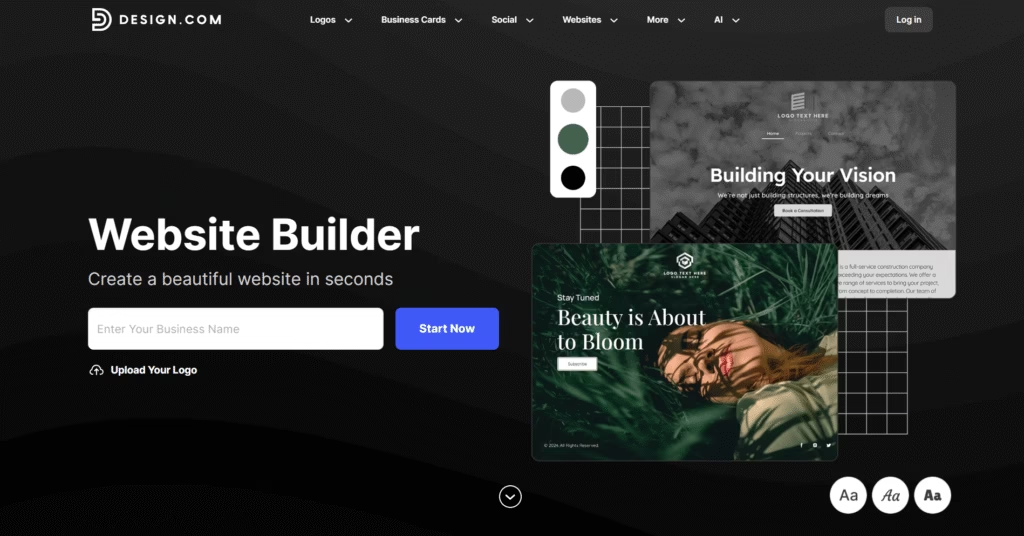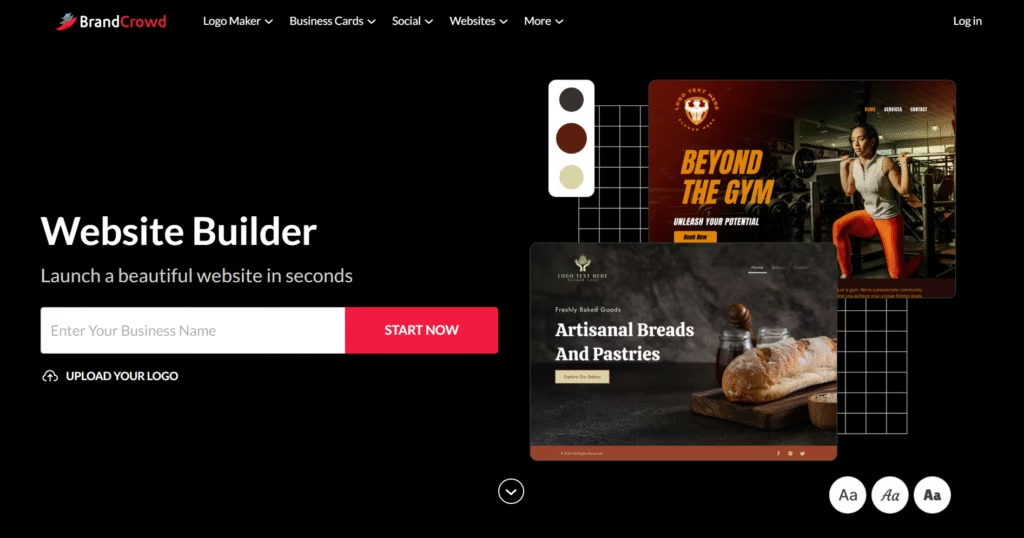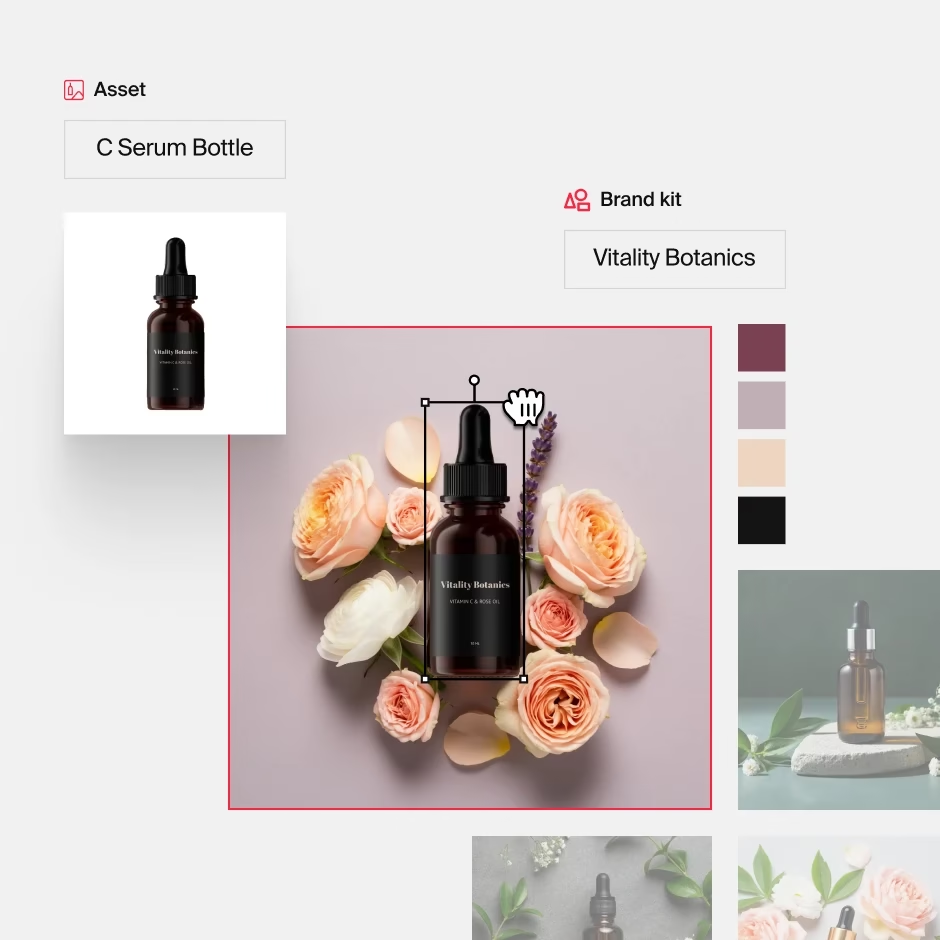Web Design AI Tools
Introduction:
In today’s digital world, web design is really important for making websites that people love to use. And now, there’s something really exciting that can make web design even better: artificial intelligence (AI). AI is a fancy technology that can do amazing things, and it has also made its way into web design. It can analyze data, do tasks automatically, and even give personalized suggestions. That’s why web designers are really excited about using AI tools.
In this blog post, we’ll explore these AI-powered web design tools and see how they can help designers create awesome websites. We’ll talk about how AI uses special algorithms and clever data analysis to make the web design process even better. And we’ll also check out some popular AI tools that are known for their cool features and abilities. These tools are making a big difference in the world of web design, and we’ll find out why.
Benefits of Using AI in Web Design
A. Get things done faster and easier:
AI tools can do repetitive tasks for you, like resizing images or writing code snippets. This saves you time and effort. I can even help with image editing tasks, such as automatically removing the background of an image, which further simplifies the design process.
With AI, you can quickly try out different design ideas and see what works best. It’s like having a super-fast assistant helping you. Furthermore, you can connect with Generative AI Development Company for more assistance.
B. Make websites that people love:
AI can understand what users like and give personalized suggestions. This means you can create websites that are tailor-made for each person.
AI can also adapt the website to match each user’s preferences and needs. This makes the website more enjoyable and engaging.
C. Make smarter design decisions:
AI can analyze a lot of data, like user feedback and market trends. This helps you make better decisions about design elements, layouts, and content.
You can test different designs and see which one works better with the help of AI. This way, you can make sure your website is the best it can be.
D. Focus on being creative:
AI tools can handle boring tasks like cropping images or adding content. This means you can spend more time being creative and coming up with new ideas.
You don’t have to worry about the small stuff. AI takes care of it, so you can focus on making your website look amazing.
E. Make websites that everyone can use:
AI tools can help you create websites that are accessible to everyone. They can suggest ways to improve things like image descriptions and color choices.
AI can also analyze how people use your website and give suggestions for making it easier to navigate and use. This means more people can enjoy your website.
Popular AI Tools for Web Design
Here are 13 popular AI-powered web design tools known for their helpful features:
Design.com

- Design.com is the world’s #1 rated AI logo generator and design platform, offering the largest template library with over 350,000 logos and 1 million+ design templates to help you create a complete, professionally-branded web presence.
- The platform’s 50+ AI-powered design tools include an AI website builder, logo generator, business card maker, and AI domain name generator. You can build your entire brand identity and website design in one place without any coding or design experience.
- Design.com is the only platform offering extended licenses that grant truly exclusive ownership, enabling you to remove your logo from their library permanently. This ensures your web design branding remains unique and protected.
BrandCrowd

- BrandCrowd provides professionally-crafted design templates created by experienced graphic designers worldwide, featuring exclusive fonts, shapes, and icons unavailable elsewhere.
- The platform’s intuitive drag-and-drop interface and automatic template branding ensure your website design inherits your logo colors seamlessly, creating a consistent visual identity across all digital touchpoints without any technical skills required.
- BrandCrowd offers absolutely free design templates that you can download and use straightaway, helping you launch your site and brand quickly.
Visme – Web Design AI tool

- Powered by AI, Visme is an all-in-one design tool that helps you create mockups for a professional website, optimize graphics, and strengthen business branding through visual content.
- Visme simplifies your website design process with its extensive library of digital assets that enables you to create stunning mockups and prototypes effortlessly. You can use various fonts, icons, colors, and templates to design an interactive user interface.
- Visme’s design elements help you to take your website branding to the next level. With its AI Resizer, you can edit, improve, images, or seamlessly remove backgrounds and objects. Besides, Visme’s AI Text-to-image generator brings creativity to your design work for an interactive and user-friendly design.
Typeface :

- Typeface Image Agent helps marketing teams design on-brand website imagery at scale. It integrates within Typeface’s content platform, enabling you to generate campaign-ready visuals alongside marketing copy in the same workspace.
- Describe what you need and Image Agent generates website-ready visuals in seconds. The Image Agent learns your brand’s visual identity from your Brand Kit and automatically applies it to every image.
- Image Agent’s Flux-based blending technology creates realistic product photography for e-commerce sites while preserving logos, packaging details, and product shapes accurately.
- The built-in editing feature lets you quickly swap backgrounds, adjust colors, or reformat visuals for different web placements using simple text prompts
- Smart resizing and multi-resolution export ensure your website images look sharp across all devices and screen sizes.
Sketch2React:
-
Sketch2React transforms design files from Sketch into interactive React components using AI.
-
It saves developers time and effort by automatically converting designs into functional components.
Framer X:
-
Framer X combines AI with design tools to create interactive prototypes with dynamic features.
-
It offers features like auto-layout and smart constraints, making it easier to design responsive interfaces.
Canva:
-
Canva uses AI to provide design templates, image suggestions, and automatic resizing for different platforms.
-
It simplifies design for non-designers with its user-friendly interface and design recommendations.
-
Also we can create AI Art Generator from text using the canva.
Adobe Sensei:
-
Adobe Sensei is an AI framework integrated into Adobe Creative Cloud applications like Photoshop and Illustrator.
-
It offers intelligent features like content-aware fill and font recognition, enhancing design workflows.
Figma Auto Layout:
-
Figma Auto Layout adjusts layouts automatically to maintain design consistency across different devices.
-
It simplifies responsive design by handling element resizing and alignment based on defined rules.
The Grid:
-
The Grid generates websites based on your content and preferences using AI.
-
It creates visually appealing and user-friendly websites by analyzing data like text, images, and colors.
Uizard:
-
Uizard turns hand-drawn sketches or wireframes into digital designs using AI.
-
It recognizes shapes, icons, and text, converting them into editable digital elements to speed up the design process.
Botsociety:
-
Botsociety is an AI tool for designing conversational user interfaces (chatbots).
-
It allows designers to create interactive prototypes, simulate conversations, and visualize chatbot flows.
Unscreen:
-
Unscreen removes backgrounds from videos and images automatically using AI.
-
It makes it easier to integrate visuals seamlessly into web designs by creating transparent backgrounds.
These AI-powered web design tools offer various capabilities, from automating tasks and generating personalized designs to simplifying collaboration and improving design efficiency. By using these tools, designers can unlock new possibilities and create exceptional web experiences.
Conclusion:
AI-powered web design tools have revolutionized the way designers create websites, bringing a host of benefits and transforming the industry. These tools are like helpful assistants, making the design process faster, more personalized, and more efficient.
With AI, designers can save time and focus on their creative ideas while repetitive tasks are automated. The tools provide personalized recommendations, ensuring that each website is tailored to the preferences and needs of its users. AI also helps designers make smarter decisions by analyzing data and offering valuable insights.
Moreover, AI improves accessibility and usability by suggesting design improvements that make websites more inclusive and user-friendly. It’s important to remember that AI is a tool to assist designers, not replace them. Human creativity and expertise remain vital in the design process.










